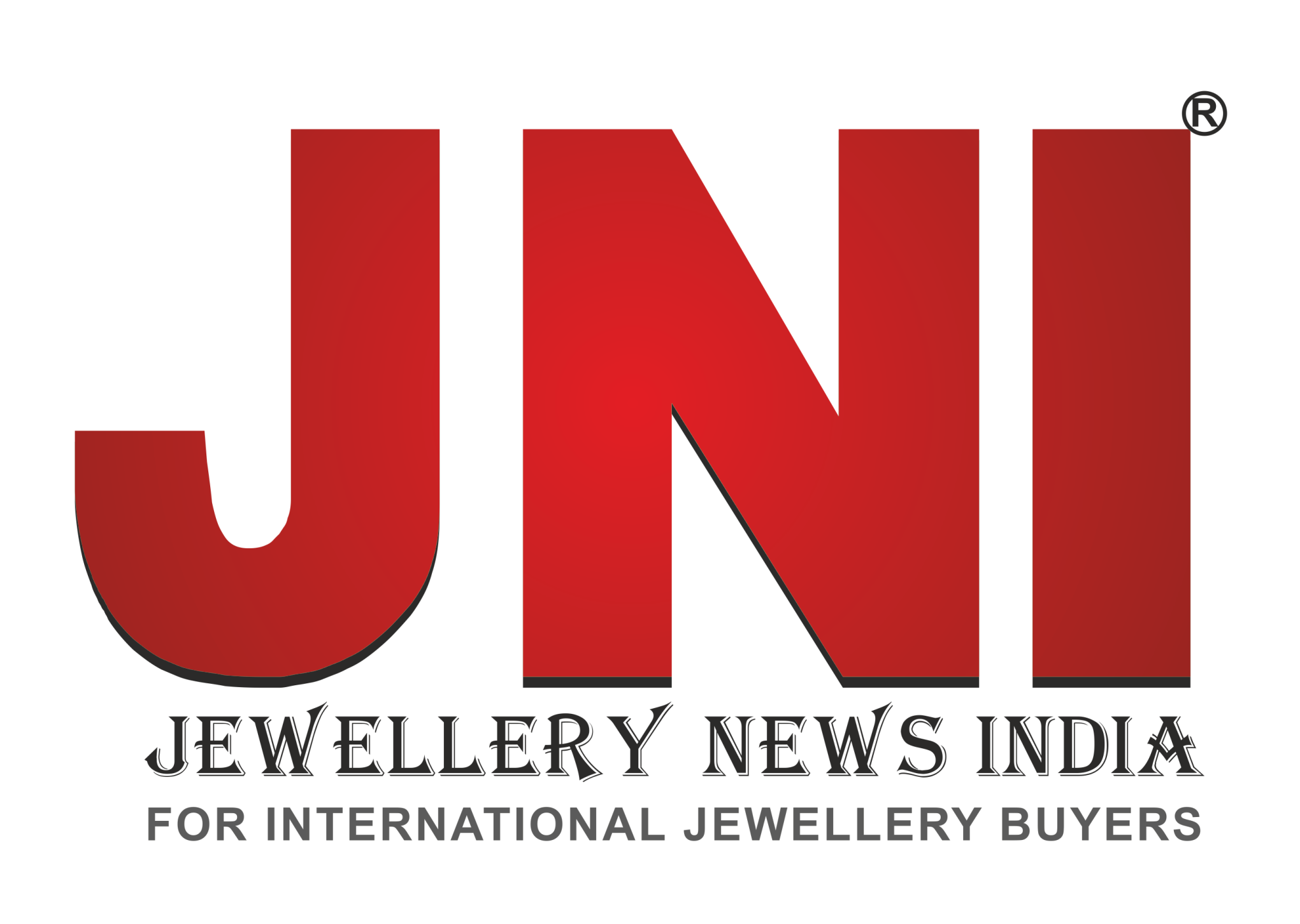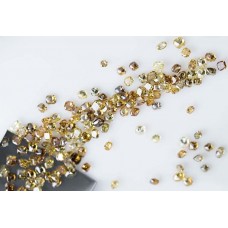Jewelry sales lag behind consumer products!
Four trends have the highest potential to impact the industry in the near term, 1: rapid growth of online sales channels, 2: increased marketing spending to support the natural diamond industry, 3: Developments in lab-grown diamonds and 4: an increased focuses on the environment and sustainability.
At just 5% to 10%, the share of online diamond jewelry sales lags behind other consumer products. However,
e-commerce is accelerating, and major diamond jewelry retailers in the US and China increased their online sales to 13% and 11%, respectively. Greater pricing transparency and retail stock optimization caused by e-commerce will significantly affect demand and pricing for polished diamonds.
Mining companies increased their marketing efforts, both brand-focused and generic, and raised marketing budgets to historically high levels. In 2019, more than $200 million was invested in diamond industry marketing, including $70 million to $80 million of generic marketing channeled through the Diamond Producers Association.
The industry is using marketing to combat complex challenges, such as rapidly changing customer preferences, increased competition from the Experiences and Electronics categories, and the rapidly growing lab-grown diamond market.
In 2018 and 2019, production of lab-grown diamonds increased 15% to 20%, with majority of the growth coming from China. As the lab-grown market evolves, several business models are emerging. Chinese companies primarily use high-pressure, high-temperature (HPHT) technologies to produce rough diamonds, competing on lowest production cost.
In the US, companies are pursuing a vertically integrated business model by selling premium branded jewelry. If we assume that early growth in the lab-grown market happened because both wholesale and retail prices were decreasing differentially, allowing players to earn better margins than with natural stones, then wholesale prices have stabilized. We expect additional pressure on retail prices to accelerate lab-grown diamond jewelry sales.
Both consumers and investors are demanding more transparent and environmentally responsible practices. Multiple industry initiatives are focused on pipeline transparency and traceability, which could increase the
confidence of both lenders and consumers. Midstream operations may become more transparent and more
efficiently managed as a result.
e-Commerce presents opportunities to optimize inventory and increase sales: Technological stock optimization: Online sales models require less stock than physical stores, 1: Consignment model: Online retailers can showcase goods on their websites, even if they have not purchased the diamond; suppliers maintain ownership longer.
2: Data-driven optimization: Online retailers use data on consumer preferences and purchasing patterns to build predictive models and optimize operations and inventory management!
Wider geographic reach: Online storefronts reach customers in regions with limited physical footprints, 1: Convenience: e-Commerce appeals to Millennials and Generation Z, who are accustomed to online functionality, even for offline purchases (e.g., click and collect, stock availability checks). 2: Tailored marketing: Online marketing increases sales across the industry by reaching target audiences more efficiently.
This is the choicest part of the recently published report, The Global Diamond Industry 2019, commissioned by AWDC.




